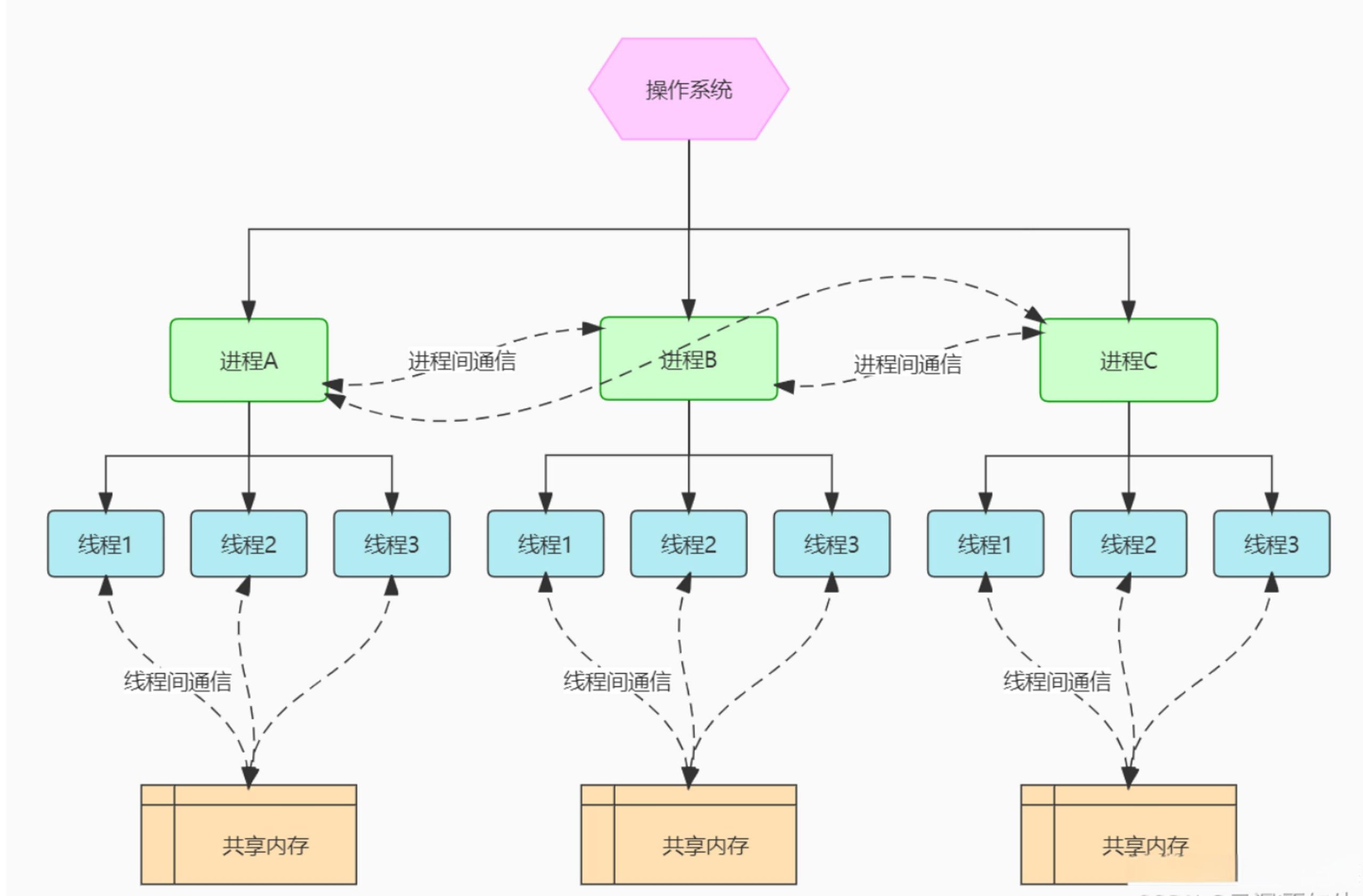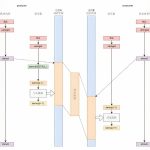Processes and threads are two fundamental concepts in operating systems for managing program execution. Their relationship and differences can be understood through the following aspects:
Process
- Definition: A process is an independent unit for resource allocation and scheduling by the operating system. It is an instance of a program during execution.
- Resources: Each process has its own independent memory space, data stack, code segment, and other resources.
- Isolation: Processes are isolated from each other; the resources of one process do not directly affect another.
- Overhead: Creating and terminating a process requires significant resource overhead. Switching between processes and inter-process communication are also relatively slow.
Thread
- Definition: A thread is an entity within a process and the smallest unit scheduled by the operating system. A single process can contain multiple threads.
- Resources: Threads within the same process share the process’s resources (such as memory space and data stack), but each thread has its own execution stack and program counter.
- Concurrency: Threads improve a program’s concurrency, allowing multiple tasks to run simultaneously within a single process.
- Overhead: Creating, terminating, and switching threads is faster than with processes, with lower resource costs.
Relationship and Differences Between Threads and Processes
- Inclusion: Threads are part of a process; one process can include multiple threads.
- Resource Sharing: Threads share the resources of their parent process, while processes have independent resources.
- Execution Units: Processes are units of resource allocation, and threads are units of program execution.
- Overhead and Efficiency: Threads have lower overhead for creation, termination, and switching than processes, making them more efficient for handling concurrent tasks.
- Communication: Inter-process communication requires special IPC (Inter-Process Communication) mechanisms, while threads can directly read and write data within the same process.
In short, a process is the basic unit for the operating system to allocate resources and schedule tasks, while a thread is an execution unit within a process that improves a program’s concurrency and efficiency. Threads share process resources, while processes have independent resources. Threads are cheaper to create and manage than processes, making them more efficient for concurrent tasks.


